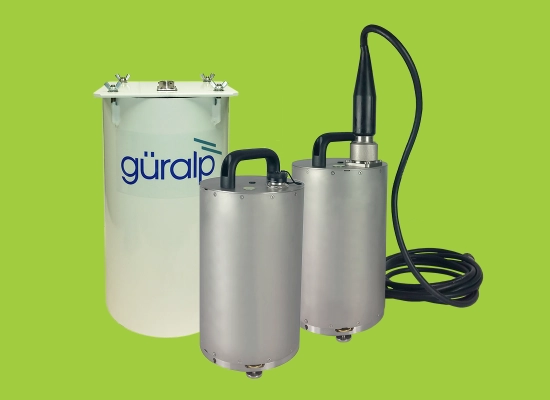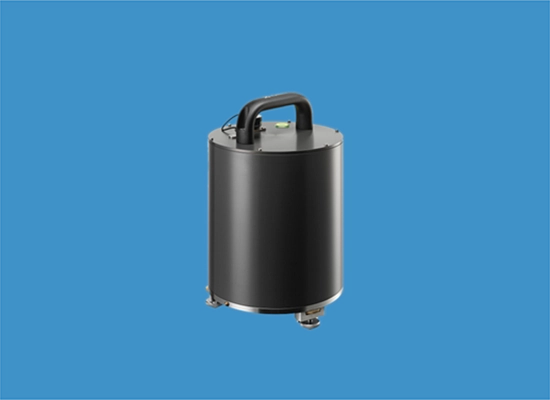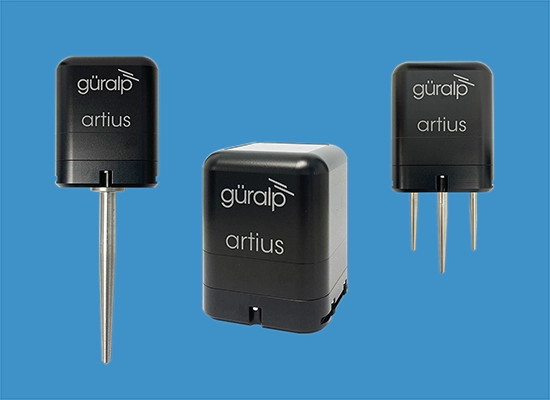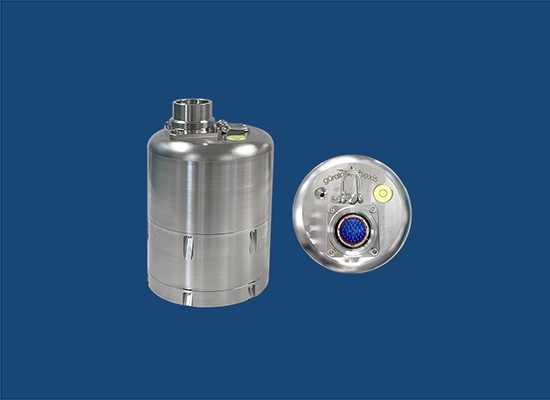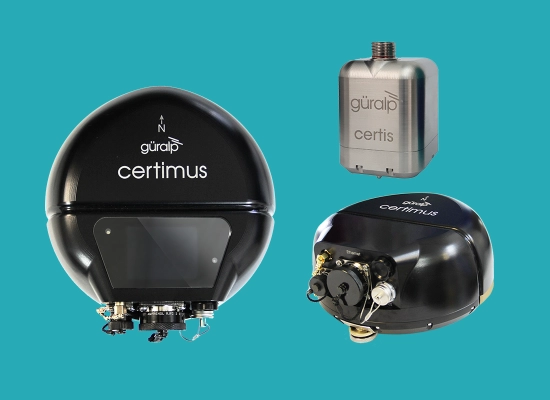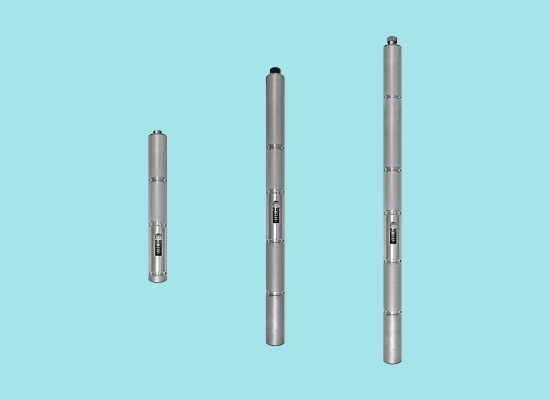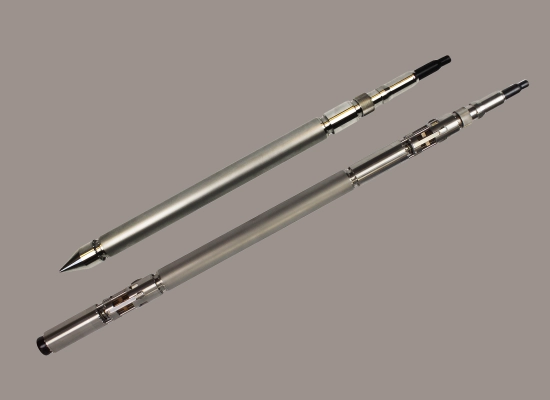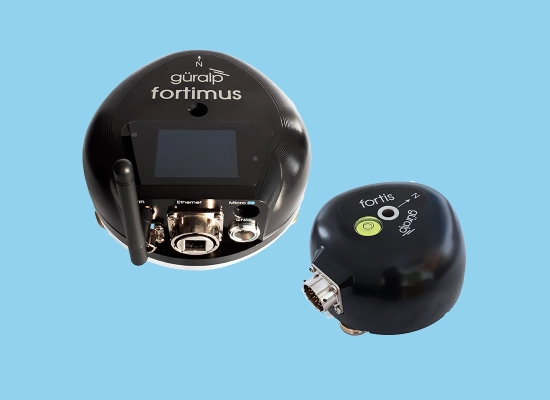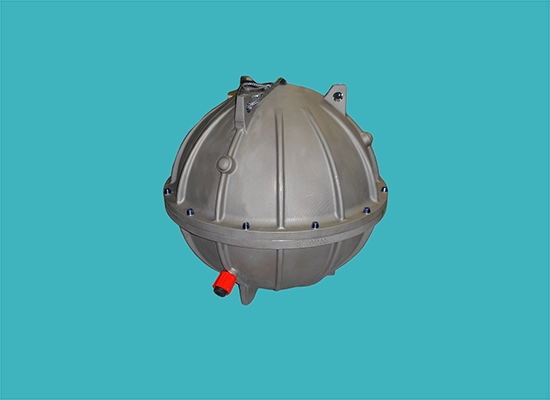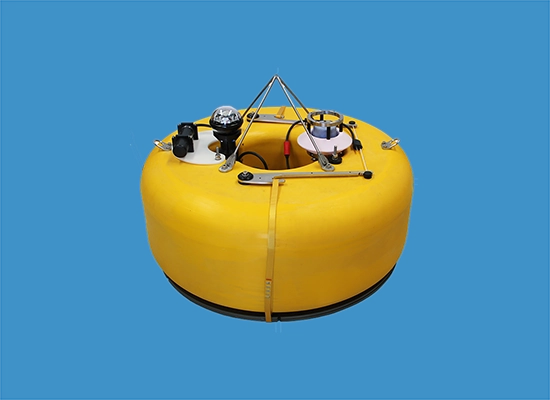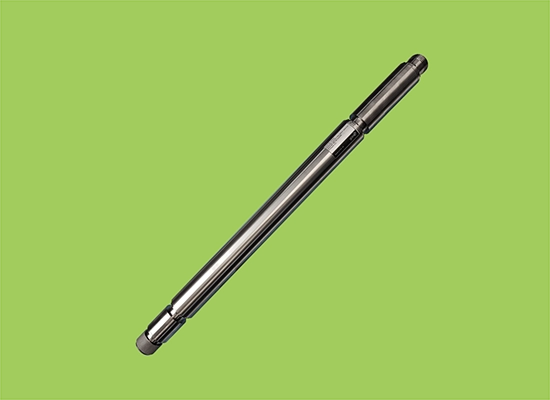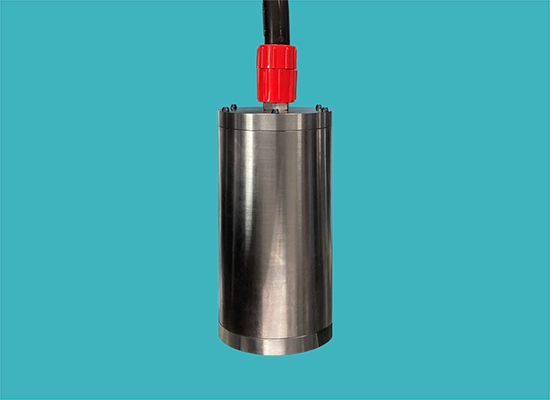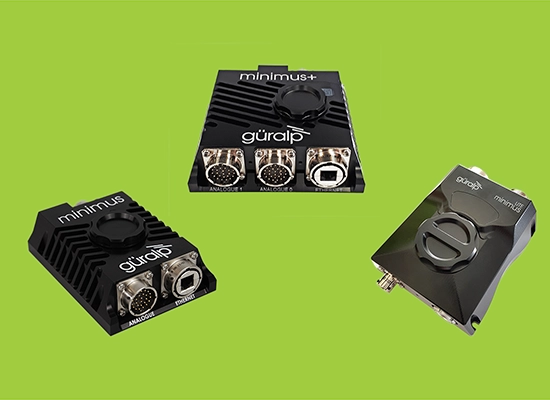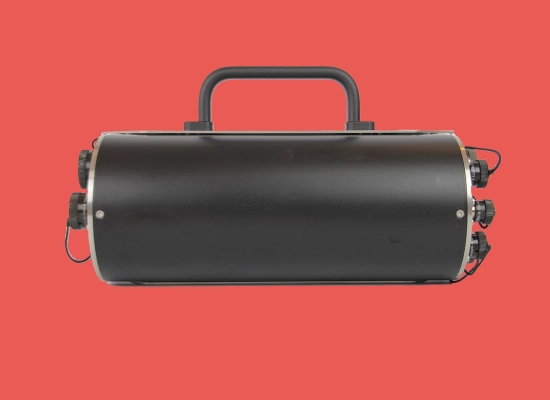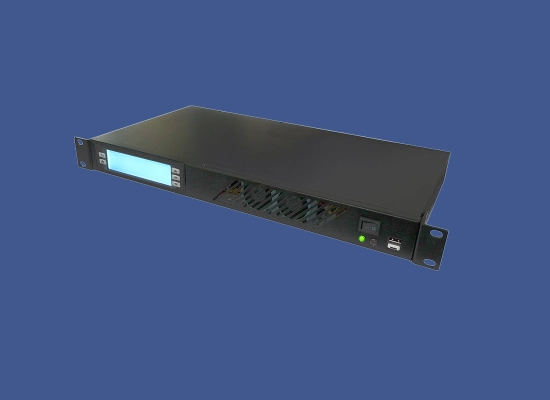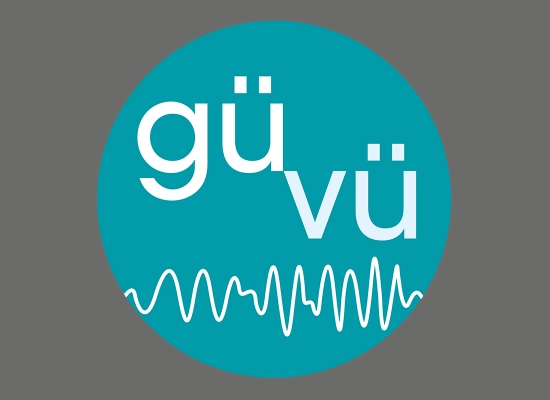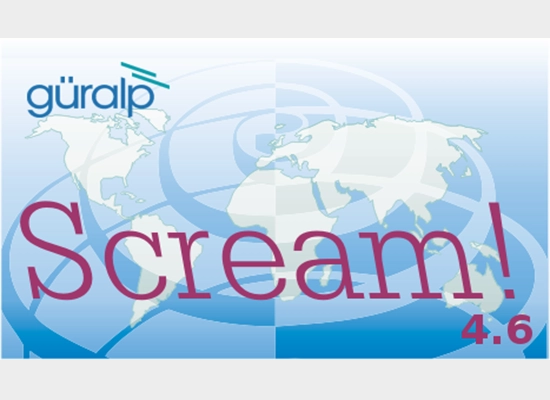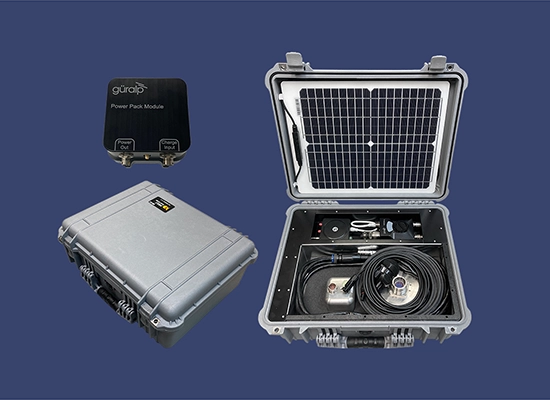OUR PRODUCTS
All of our seismic sensors are triaxial broadband instruments.
- SEISMOMETERS
- ACCELEROMETERS
- DUAL SENSOR
- MARINE SYSTEMS
- DATA ACQUISITION
- SOFTWARE / APPS
- ACCESSORIES
- ENQUIRE
We have more than thirty five years experience of developing marine seismic systems and during this time we have developed solutions for virtually every deployment scenario.
Tried and tested on successful deployments all around the globe, ours is the most comprehensive range of cabled and portable ocean bottom seismometers available. As well as housing truly broadband, triaxial sensors to capture the full seismic frequency range, a must for all seismic monitoring applications, we can also integrate additional sensors and gauges, vastly extending the application and capability of our marine systems.
We are also proud to have deployed the Worlds first ‘SMART Cable’ to monitor seismic activity and tsunami risk in the Ionian Sea. You can read more about this here.

